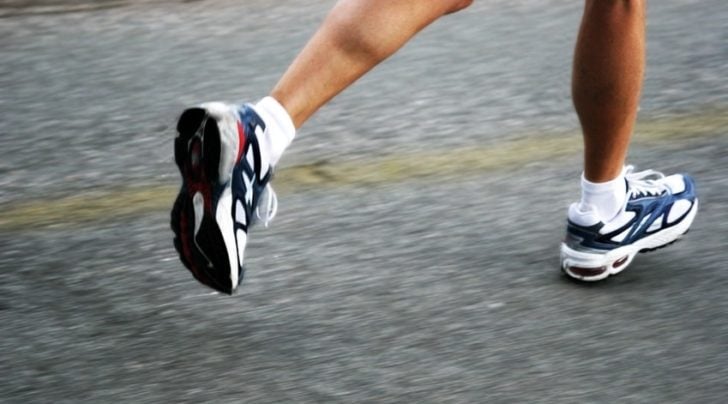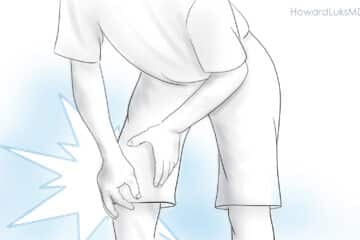
Determining one’s aerobic and anaerobic thresholds is crucial for effective training and performance as a runner. The aerobic threshold is the point at which the body starts to rely on anaerobic metabolism to produce energy. The anaerobic threshold is the point at which the body can no longer sustain exercise for much longer, and fatigue sets in. Knowing these thresholds allows a runner to train at the appropriate intensity, to improve endurance and performance.
Here are a few techniques a runner can use to determine their aerobic and anaerobic thresholds:
- Heart Rate Reserve Method: This method involves calculating the difference between your resting heart rate and your maximum heart rate. Your aerobic threshold is typically at about 60-70% of your heart rate reserve, and your anaerobic threshold is around 80-90%. This method is simple and easy to use, but it does require an accurate measurement of your maximum heart rate.
- Lactate Threshold Testing: Lactate threshold testing involves measuring the level of lactate in the blood during exercise. As the body begins to rely on anaerobic metabolism, lactate levels will increase. The point at which lactate levels start to rise above baseline is considered the aerobic threshold. The point at which lactate levels begin to rise rapidly is considered the anaerobic threshold.
- The Talk Test: This method is based on the ability to talk and breathe comfortably during exercise. The point at which a runner can no longer hold a conversation is considered the anaerobic threshold, and the point at which speaking becomes somewhat uncomfortable but still possible is considered the aerobic threshold.
- The Rating of Perceived Exertion (RPE) Method: This method is based on the subjective perception of effort during exercise. A runner rates their effort on a scale of 1-10, with 1 being very easy and 10 being maximal effort. The point at which the effort becomes hard (RPE 8-9) roughly approximates the anaerobic threshold, and the point at which the effort becomes moderate (RPE 5-6) is considered the aerobic threshold.
- Field Test: A runner can conduct a field test, such as a time trial or a continuous run at a set pace, and the point where the runner slows down significantly is considered the anaerobic threshold, and the point where the runner starts to feel fatigued but can still continue for a longer time is considered the aerobic threshold. For runners who have run many threshold runs, you will notice that once you speed up beyond a sustainable pace, you will naturally slow down— it will be easy to find the heart rate that you settle back to. That is very close to your anaerobic threshold.
A few things are worth noting:
- These techniques are not mutually exclusive and can be used together to determine thresholds more accurately.
- Aside from a professionally administered CART test, or a well-performed lactate ramp, these are otherwise broad estimations.
- Additionally, it’s important to note that the thresholds will change as the runner’s fitness level improves.
- Therefore, regular testing and tinkering is recommended to monitor progress and adjust training.
References:
- American College of Sports Medicine. (2018). Threshold Training. Retrieved from https://www.acsm.org/docs/brochures/threshold-training.pdf
- Jones, A. M., & Carter, H. (2000). The effect of endurance training on parameters of aerobic fitness. Sports Medicine, 29(6), 373-386.














Is there a lactate meter you recommend for those of us who would like to go that route?
I have been doing a few runs a week at anaerobic but am occasionally slipping into 70%+. When I do, I immediately pull back and walk til I’m sub 60% then start a slow run again til it inevitably is going to go 70%+. How bad is it to lurch into that territory? Does that mess up the aerobic training? Should I instead set my “guardrails” lower than 70% to make sure I am rarely exceeding 70% such that ~95% of my total exercise time is spent sub 70%?
I personally use the Edge lactate meter.
Running at 70% of VO2max or max heart rate isn’t anaerobic in everyone. If you are a well-trained aerobic athlete, you may very well still be well within your aerobic guardrails. This is where testing lactate can be very beneficial. It will allow you to calibrate your aerobic zones accurately. For other folks who aren’t well trained or do not have a strong aerobic base, they may need to be at 60-65%.